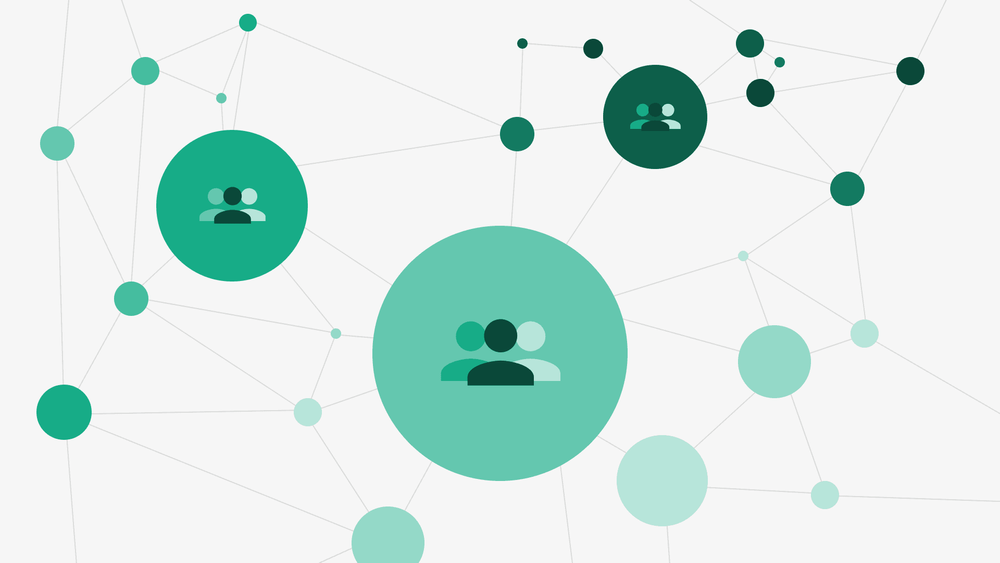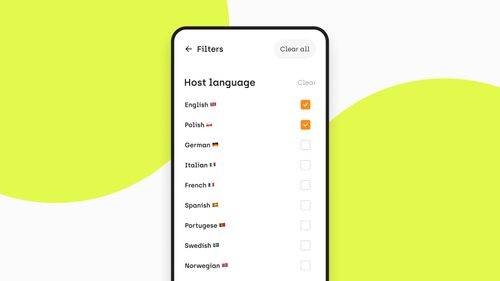How Micro-Communities Redefine Digital Engagement
Joachim Stelmach

Big social platforms promised connection. What they built was noise. For users, the scroll has become a chore. For brands and digital teams, reach no longer equals relevance.
The shift is clear: people now look for smaller, purpose-driven spaces where they feel seen and where their voice matters. That’s where micro-communities come in. And for digital products, that shift changes everything about how we design, build, and measure engagement.
From Audience to Belonging
Social media is still massive, but its value for users is shrinking. Constant exposure, irrelevant content, and algorithm fatigue are pushing people toward smaller, interest-based groups.
Whether it’s Nike Run Club, Duolingo Clubs, or the Figma Community, these spaces thrive because they bring people together around a shared purpose. Members don’t join to follow. They join to belong.
For digital products, this means a different approach to engagement. The goal is no longer to broadcast messages to everyone. It’s to help the right people connect in ways that feel personal, useful, and sustainable.
Hero Tip: The strongest engagement comes from shared goals, not shared feeds.
Community by Design
Good community design isn’t about adding a forum tab and hoping people talk.
It’s about creating spaces that feel intuitive, safe, and worth returning to.
Every design decision — from navigation to copy tone — either builds trust or breaks it.
Well-designed micro-communities use:
Visible contribution loops, so people see their impact.
Inclusive onboarding, so joining feels easy, not intimidating.
Consistent voice, so communication feels human, not automated.
At hero/dot, engagement is treated as part of design, not a separate discipline. When a product helps people contribute, share feedback, or recognize each other, it turns into something more than a tool — it becomes a shared space.
In Practice:
When Figma introduced its Community hub, it wasn’t another feature. It was a way for designers to share templates, remix projects, and collaborate directly. That simple idea — contribution inside the product — built an entirely new layer of engagement.
Hero Tip: Design for participation, not presence.
The Tech Behind Connection
A thriving community needs a solid technical backbone.
Real-time interactions, smooth scalability, and data protection all depend on good development decisions.
APIs connect user actions to content feeds. Analytics show where conversations happen. Chat and gamification systems encourage recurring participation. None of it works if the infrastructure doesn’t.
That’s why at hero/dot, developers and designers work together from day one. Whether we’re designing a loyalty app or building a digital platform, the engagement experience only works when design intent and development execution stay aligned.
In Practice:
When engagement tools are embedded directly into the platform — not bolted on later — they feel natural. Users don’t “go to the community.” They’re already in it.
In Practice: hero/dot Projects
Legia Warszawa Mobile
When Legia Warszawa wanted to strengthen its bond with fans, the challenge wasn’t content — it was connection.
We built a mobile app that gave supporters a place to live their fandom every day, not only on matchdays.
From live updates and loyalty rewards to polls and challenges, the app turned passive spectators into an active network of fans. Engagement became a habit, not an event.

Capabox
With Capabox, the goal was completely different but the principle stayed the same.
We helped turn corporate learning into a shared experience. Employees could join challenges, exchange feedback, and celebrate milestones together.
Instead of another training platform, Capabox became a collaborative learning environment — proof that engagement works the same way in workplaces as it does in fan bases.
Hero Tip: Communities grow when users see value in returning, not pressure to stay.
Why Micro-Communities Work
Micro-communities tap into something simple: people connect best in smaller groups.
When users feel their input matters, engagement stops being transactional and becomes emotional.
For teams building digital products, that leads to tangible outcomes:
Higher retention – people stick around because they care.
Better feedback – honest conversations replace assumptions.
Authentic advocacy – users promote what they believe in.
Sustainable engagement – smaller circles keep talking long after the campaign ends.
The takeaway? Build for depth, not for scale. Measure what matters — relationships, not reach.
What Digital Teams Can Do Next
Find your natural communities. Look at where your users already interact — support channels, beta groups, fan forums — and learn from those behaviors.
Create clear entry points. Make joining a community effortless with short onboarding and transparent guidelines.
Encourage contribution early. Reward participation, highlight members, and make sharing easy.
Integrate community tools into your product. Don’t treat engagement as a separate platform — it should live where the user already is.
Track conversations, not clicks. Engagement is about people interacting with each other, not just with the product.
Hero Tip: Data shows you usage. Dialogue shows you connection.
Final Thoughts
Micro-communities aren’t a marketing trend. They’re a reflection of how people actually want to connect online.
At hero/dot, we see this shift every day — from sports apps to learning platforms. Audiences are becoming ecosystems. Products are becoming meeting points.
When design, development, and engagement work together, you don’t just attract users. You keep them involved.
Because the future of digital engagement isn’t about more attention.
It’s about more connection.
Need to turn your audience into an active community? Let’s build it together.
Need expert assistance with your digital project?
Recent from Joachim Stelmach

